Bioscience
An inflammatory inference
The surface proteins responsible for navigating immune cells to sites of inflammation are identified.
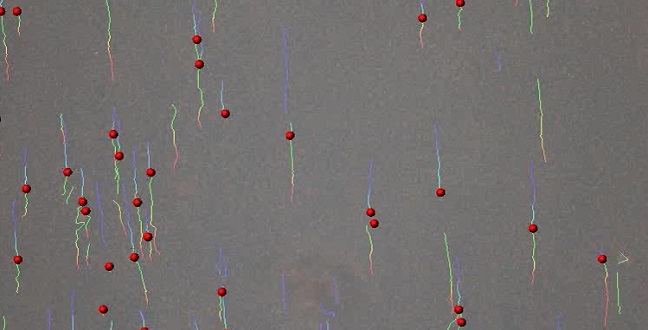
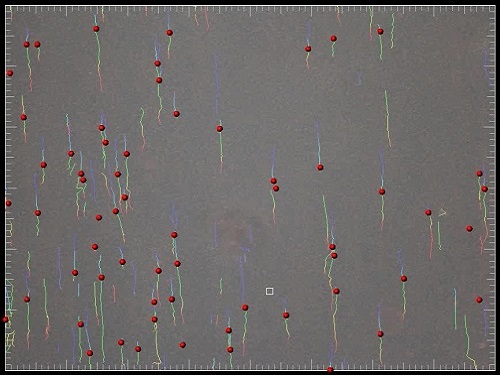
Single-cell tracking trajectories (flow is bottom to top) of cells expressing E-selectin (red spheres) rolling over CD44 purified from T cells over time.
© 2017 Jasmeen Merzaban
The protein tags that adorn immune cells and engage with receptors to promote inflammation in the body’s endothelial tissues are not what they were thought to be. A KAUST investigation has identified the true surface proteins expressed by T-cells that mediate this molecular liaison, a finding that could help scientists control inflammation that has gone haywire1.
“This has significant implications for developing targeted therapies to combat inflammatory diseases, such as psoriasis and rheumatoid arthritis,” says Jasmeen Merzaban, a biochemist at KAUST who led the research.
The receptor with which the surface proteins on T-cells interact is known as E-selectin. This cell adhesion molecule is expressed by tissues that line the inner surface of blood vessels: it acts as a kind of Velcro that clings to T-cells when the endothelium needs to fight off infections from bacteria or viruses.
The trouble is that E-selectins can also trigger inflammation when there are no such microbial invaders. These aberrant inflammatory signals can cause autoimmune diseases. However, blocking the hitching of E-selectin to T-cells could help reverse that problematic immune reaction.
For more than a decade, researchers knew of only two surface proteins expressed by T-cells that could serve as binding partners, or ligands, for E-selection. Yet, mouse studies had shown that reducing expression of these two proteins—PSGL-1 and CD43—was not sufficient to eliminate the crosstalk between E-selectin and T-cells. That suggested to Merzaban that some other E-selectin ligands might be at play.
She and her graduate students Amal Ali and Ayman Abuelela used a mass spectrometry approach to identify the full repertoire of E-selectin ligands expressed by T-cells. They detected 10 such proteins, one of which they explored in greater detail owing to its known function as an E-selectin ligand expressed by blood stem cells, the precursors of T-cells.
This protein, called CD44, is also expressed on the surface of both helper and killer T-cells, where it binds E-selectin, the researchers found. Merzaban and her team had discovered a third E-selectin ligand. But, as it turned out, not all these ligands contribute to T-cell tethering.
The researchers knocked down the expression of all three ligands, individually and in combination. They discovered that CD44—not CD43—worked with PSGL-1 as the E-selectin ligands implicated in inflammation.
They confirmed the clinical relevance of these findings by looking at T-cells isolated from patients with psoriasis, a common inflammatory skin condition—which means that “targeting these ligands could be a viable option to treat skin diseases,” explains Ali.
References
-
Ali, A.J., Abuelela, A.F. & Merzaban, J.S. An analysis of trafficking receptors shows that CD44 and P-selectin glycoprotein ligand-1 collectively control the migration of activated human T-cells. Frontiers in Immunology 8, 492 (2017).| article
You might also like
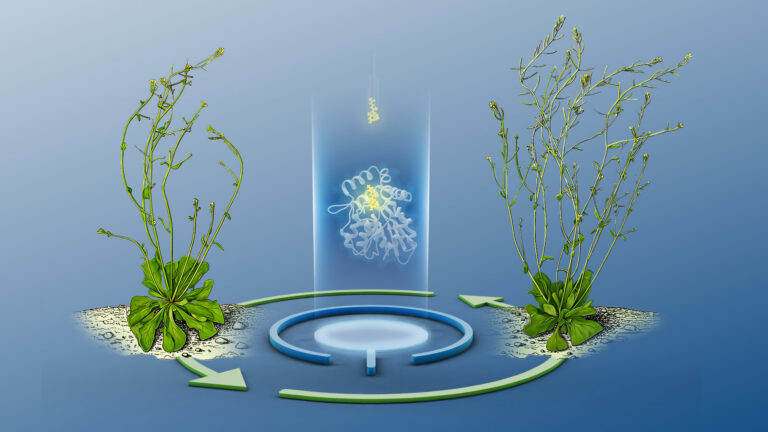
Bioscience
Hidden flexibility in plant communication revealed

Bioscience
Harnessing the unintended epigenetic side effects of genome editing

Bioscience
Mica enables simpler, sharper, and deeper single-particle tracking

Bioengineering
Cancer’s hidden sugar code opens diagnostic opportunities

Bioscience
AI speeds up human embryo model research
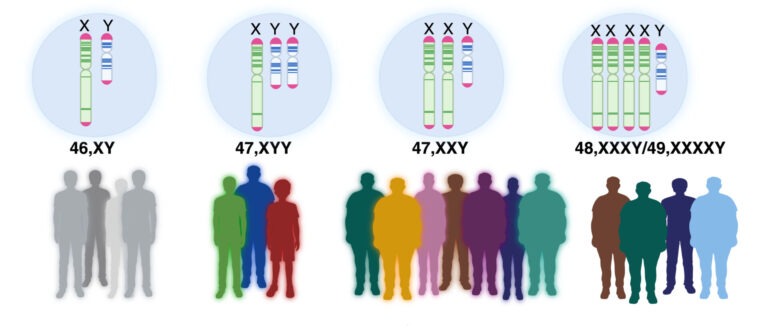
Bioscience
Sex chromosome overload sparks to a common developmental faultline

Bioscience
Super fungi survive extreme Mars-like environments
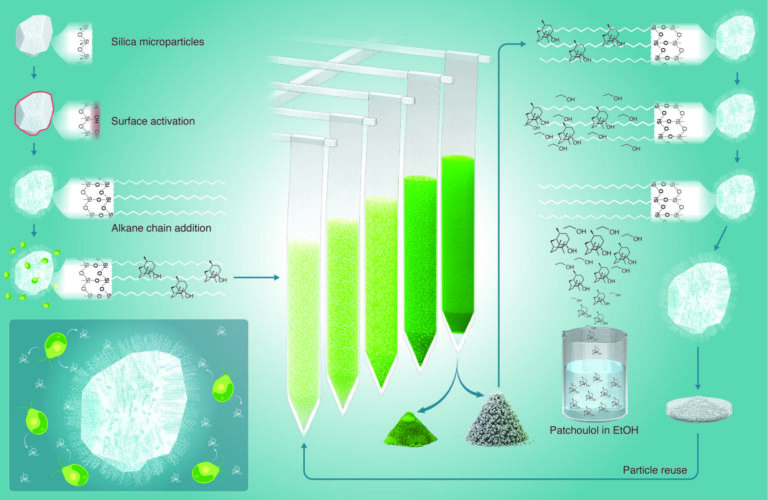
Bioengineering



